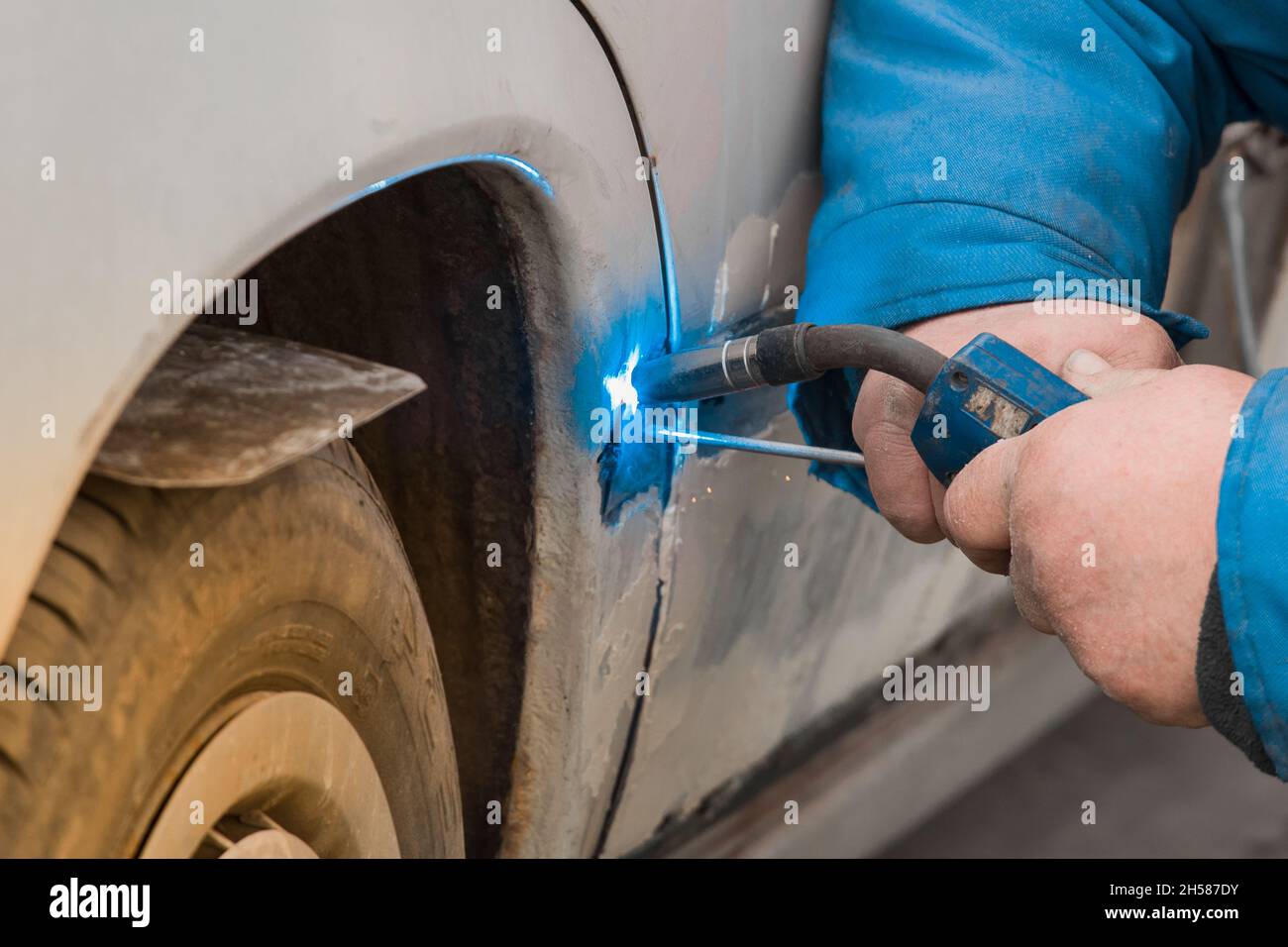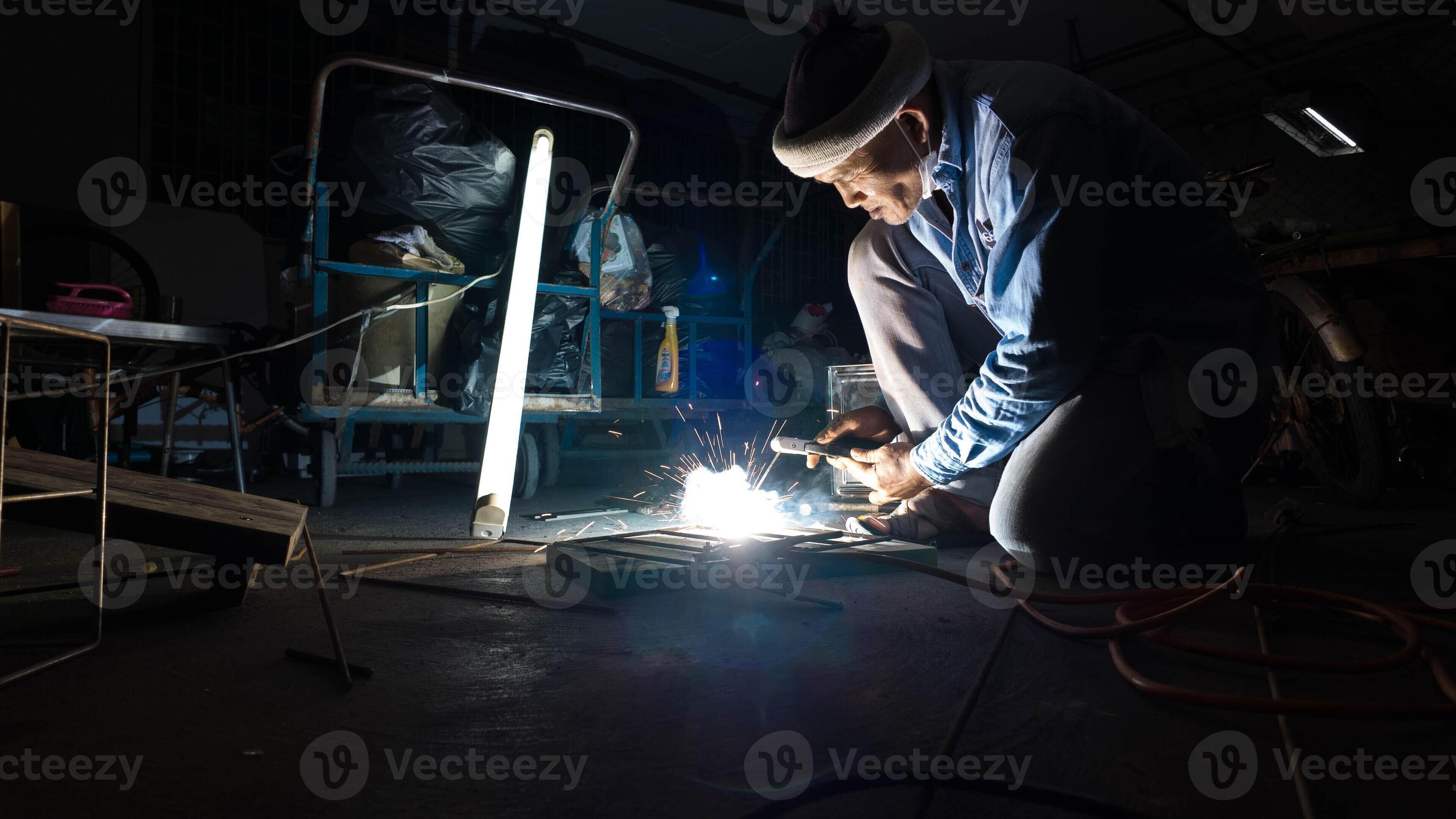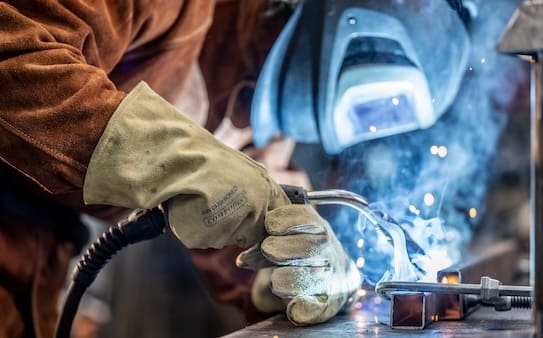Usual Welding Repair Issues and How to Address Them Successfully
Welding repair work usually experience a variety of issues that can endanger the stability of the end product. Common issues consist of poor penetration, porosity, and misalignment, amongst others. Each issue provides one-of-a-kind obstacles that call for details techniques for resolution. Comprehending these concerns is important for welders intending to improve their outcomes and skills. This conversation will certainly check out these usual welding fixing issues and effective approaches to address them.
Insufficient Penetration
Insufficient penetration takes place when the weld metal stops working to completely fuse with the base material, causing weak joints and potential structural failings. This problem typically comes from insufficient heat input, incorrect electrode angle, or inappropriate welding speed. Welders might experience insufficient penetration as a result of a mistake of the necessary specifications for a certain material density or kind. Additionally, contamination on the base product's surface area can prevent reliable bonding, aggravating the problem. To address poor infiltration, welders should ensure ideal settings on their tools and maintain a clean work surface area. Normal inspection of welds is advised to recognize any type of shortages early, enabling timely corrections and the avoidance of jeopardized architectural honesty in welded settings up.
Porosity
Porosity is an usual flaw in welded joints that manifests as small gas bubbles caught within the weld metal. This issue can endanger the integrity of the weld, resulting in decreased toughness and potential failure under anxiety. Montana Mobile Welding and Repair. Porosity commonly arises from contamination, dampness, or improper welding methods, which permit gases to escape into the molten weld pool. To attend to porosity, welders should ensure proper surface area preparation, preserve a clean workplace, and make use of suitable welding parameters. Furthermore, selecting the appropriate filler product and shielding gas can mitigate gas entrapment. Regular evaluation and screening of welds can help determine porosity early, guaranteeing prompt corrective actions are taken, therefore maintaining the quality and integrity of the welded structure
Misalignment
Misalignment in welding can occur from numerous aspects, including improper configuration and thermal expansion. Understanding the source is important for effective resolution. Numerous adjustment methods are readily available to straighten elements and ensure structural integrity.
Reasons for Imbalance
Welding imbalance commonly originates from a selection of underlying issues that can endanger architectural stability. One key reason is incorrect fit-up of parts before welding, which can lead to gaps and uneven surfaces. Variations in thermal expansion throughout the welding process can additionally lead to distortion, particularly if the products being joined have various coefficients of growth. Additionally, insufficient clamping and fixturing might stop working to hold parts safely in position, resulting in movement during welding. Inadequately maintained devices, consisting of welding equipments and tools, might introduce disparities in the weld grain, additional adding to misalignment. Driver error, stemming from insufficient training or experience, can additionally play a considerable duty in creating misaligned welds.

Improvement Methods Offered
Addressing imbalance properly needs a combination of corrective techniques customized to the specific concerns handy. One usual approach is making use of jigs or components to hold components in the appropriate placement throughout welding, guaranteeing consistent placement. Additionally, preheating the materials can help reduce distortion and improve fit-up. For significant imbalance, mechanical adjustment techniques, such as utilizing hydraulic jacks or clamps, can be used to fix the setting before welding. Post-weld heat therapy might likewise be essential to ease anxieties brought on by imbalance. Cautious evaluation and change throughout the arrangement phase can stop misalignment issues from becoming substantial issues, promoting a smoother welding procedure and boosting general structural honesty.
Distortion
Distortion is an usual obstacle in welding that can occur from different aspects, including irregular heating & cooling. Comprehending the sources of distortion is vital for executing effective prevention methods. Resolving this problem not only enhances structural honesty however also enhances the overall top quality of the weld.
Sources of Distortion
When based on the intense warmth of welding, materials commonly go through changes that can lead to distortion. This phenomenon primarily arises from thermal development and tightening throughout the welding procedure. As the weld area warms up, the material broadens; upon cooling, it contracts, which can create inner tensions. On top of that, irregular heating throughout a workpiece can aggravate these tensions, resulting in warping or bending. The sort of product additionally plays a substantial function; metals with differing thermal conductivity and coefficients of development may respond in different ways, causing uncertain distortions. Inadequate joint layout and poor fixturing can add to imbalance during welding, enhancing the possibility of distortion. Recognizing these causes is vital for efficient welding repair and avoidance methods.
Prevention Techniques
Efficient avoidance methods for distortion throughout welding concentrate on managing warmth input and making sure correct joint layout. Keeping a consistent heat input helps to reduce thermal expansion and tightening, which can result in distortion. Making use of techniques such as pre-heating the work surface can additionally decrease the temperature gradient, advertising consistent heating. Furthermore, selecting proper joint designs, such as T-joints or lap joints, can improve security and reduce stress and anxiety concentrations. Applying appropriate fixturing to safeguard the workpieces in position further aids in maintaining alignment during the welding procedure. Finally, staggered welding sequences can disperse heat much more equally, avoiding local distortion. By applying these techniques, welders can significantly decrease the probability of distortion and boost the total top quality of their welds.
Fracturing
Breaking is a typical concern encountered in welding repair services, typically arising from numerous aspects such as inappropriate air conditioning rates, product selection, or insufficient joint prep work. The occurrence of fractures can considerably endanger the honesty of the weld, causing prospective failings throughout operation. To address this problem, welders have to initially analyze the origin, guaranteeing that materials work and suitably selected for the details application. Additionally, controlling the cooling price during the welding process is necessary; rapid cooling can induce anxiety and lead to breaking. Proper joint style and prep work likewise contribute to reducing the danger. Implementing these approaches can enhance weld high quality and sturdiness, inevitably decreasing the possibility of cracking in completed weldments.

Incomplete Combination
A considerable issue in welding repairs is insufficient fusion, which takes place when the weld metal does not appropriately bond with the base material or previous weld passes - Montana Mobile Welding and Repair. This problem can result in weak points in the joint, possibly jeopardizing the stability of the bonded framework. Elements contributing to incomplete fusion include insufficient warm input, improper welding method, and contamination of the surfaces being signed up with. To address this concern efficiently, welders ought to guarantee correct pre-weld cleansing and surface prep work, in addition to readjust their welding parameters to accomplish ample infiltration and combination. Regular examination during the welding procedure can additionally aid identify incomplete blend early, allowing for timely corrective measures to improve the total quality of the weld
Overheating
While welding repair services can enhance architectural stability, overheating presents a considerable challenge that can cause material degradation. Extreme warmth during welding can change the mechanical properties of steels, causing reduced strength, boosted brittleness, and warping. This phenomenon is specifically crucial in high-stress applications where architectural reliability is vital. Determining getting too hot can entail visual examinations for staining or distortion, as well as keeping an eye on temperature level throughout the welding procedure. To minimize the threats connected with overheating, welders must use proper strategies, such as managing warmth input, changing traveling speed, and making use of appropriate filler materials. Additionally, executing pre- and post-weld warmth treatments can aid bring back product properties and enhance the overall top quality of the fixing, making certain long-lasting performance and safety and security.
Regularly Asked Concerns
What Are the Common Indications of a Welding Flaw?

Exactly How Can I Check My Welds for High quality?
To evaluate welds for quality, one can use aesthetic inspections, ultrasonic screening, and radiographic approaches. Each technique guarantees architectural honesty, identifies flaws, and verifies adherence to specified criteria, ultimately boosting the reliability of the welded joints.
What Security Safety Measures Should I Take While Welding?
When welding, one must focus on safety by wearing suitable personal protective equipment, guaranteeing proper ventilation, safeguarding combustible materials away, keeping a clean work space, and understanding environments to avoid mishaps and injuries.
Can I Repair a Weld Without Redesigning the Entire Joint?
Repairing a weld without remodeling the whole joint is possible, relying on the damages (Fabrication). Methods such as grinding, including filler product, or utilizing a welding procedure can successfully deal with specific imperfections while preserving the surrounding framework
What Devices Are Important for Effective Welding Repair Works?
Vital tools for efficient welding repair work consist of a welding machine, cable brush, grinder, safety equipment, clamps, and filler materials. Each device plays an essential role in guaranteeing high quality and safety during the fixing procedure. Porosity usually emerges from contamination, dampness, or inappropriate welding techniques, which permit gases to get away right into the molten weld swimming pool. Badly maintained tools, including welding journeyman welder devices and devices, might introduce disparities in the weld bead, additional contributing to imbalance. When subjected to the extreme warm of welding, products typically go through changes that can lead to distortion. Cracking is a typical issue come across in welding repair services, often resulting from numerous aspects such as improper cooling prices, material selection, or insufficient joint preparation. A significant problem in welding repair services is insufficient fusion, which happens when the weld steel does not properly bond with the base product or previous weld passes.